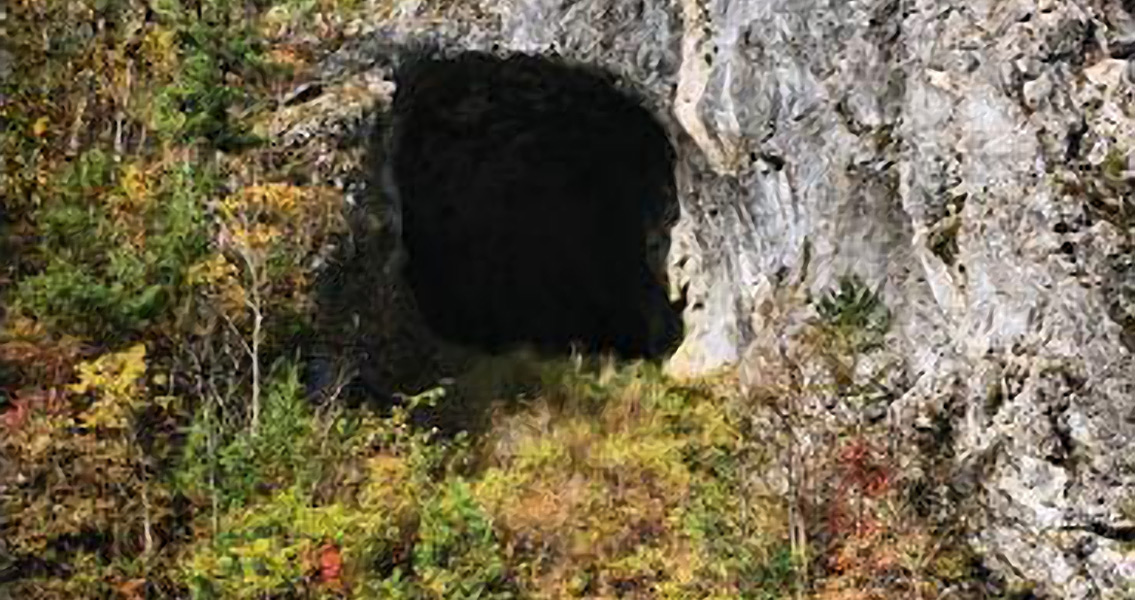<![CDATA[Scientists studying ancient DNA sourced from 8,000-year-old human remains in a Russian Far East cave say that the similarities between these ancient humans and some East Asian populations is striking. According to a press release from the University of Cambridge, the new study is the first of its kind to study nuclear genome data from ancient human remains from mainland East Asia in an effort to compare this antique DNA to modern populations. The results found high levels of “genetic continuity”, indicating a lack of any sort of migratory interruptions for more than 7,000 years. The result is several modern ethnic groups sharing very similar genetics to the individuals that once inhabited the land during the prehistoric era. This is unique to the region, as Western Europe has a much more muddled history. Early farmers migrating from the Levant largely subsumed the previous hunter-gatherer populations of the continent – only to be further mixed by Central Asian horse riders that dominated the Bronze Age. All of these events are thought to have been tied to successful new technologies like metallurgy and agriculture. Not so in certain parts of the East Asian mainland. The greatest similarities occur with the individuals inhabiting the Amur Basin, not far from the shared border between North Korea, China and Russia. These people, known as the Ulchi, have what has been referred to as “an exceptional genetic proximity” to the individuals who were interred in a cave near to native Ulchi territory. The research suggests that East Asia’s sheer scale – and its dramatic climate variations – may have acted as an isolating factor, preventing the advent of agriculture and the migrations that replaced hunter-gatherer populations so readily throughout Europe. In fact, the Ulchi preserved their lifestyle, focusing on hunting, fishing and gathering, until relatively recently, according to Cambridge’s Andrea Manica, the senior author of the study. Populations across northern East Asia have changed very little genetically for around 8,000 years, Manica remarked. Even after accounting for some local intermingling, the Ulchi emerged as nearly identical genetically to the ancient hunter-gatherers from the region, despite the thousands of years of time between the two groups, she added. In addition to these findings, the researchers also say they have found support for a theory concerning the evolution of the modern Japanese population. This so-called “dual origin” theory holds that modern Japanese are descendants of both hunter-gatherers and agriculturalists from southern China, with the latter bringing wet rice farming techniques with them. Study of the highly genetically similar Koreans also shows a similar pattern, the study found, though Manica was quick to say that the agriculturalists are unable to be identified without more research into Neolithic China, specifically DNA testing of remains dating from that era. The DNA found in the study comes from the incomplete bodies of five humans found within a cave near the far eastern coast of Russia. Called the “Devil’s Gate”, the cave yielded other artifacts such as bone and stone tools, one of the earliest examples of a textile in the form of woven wild grass, and the long-carbonized wood of a former dwelling of some sort. The research study, published in the journal Science Advances, can be found here Image courtesy of Yuriy Chernyavskiy]]>
East Asian Human DNA Largely Unchanged Over 8000 Years
